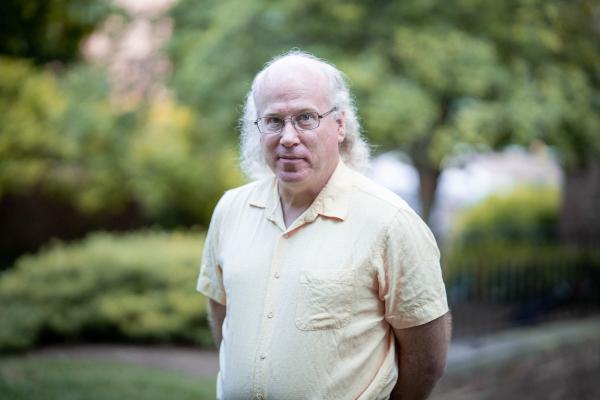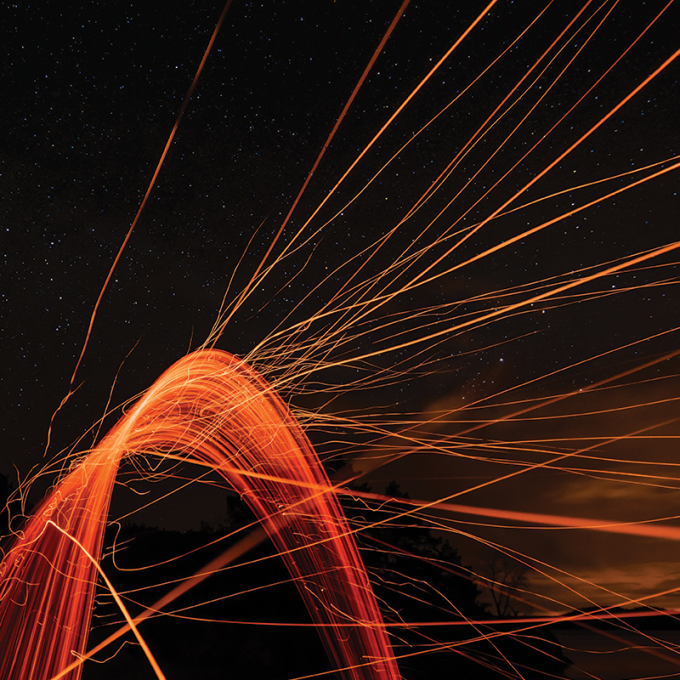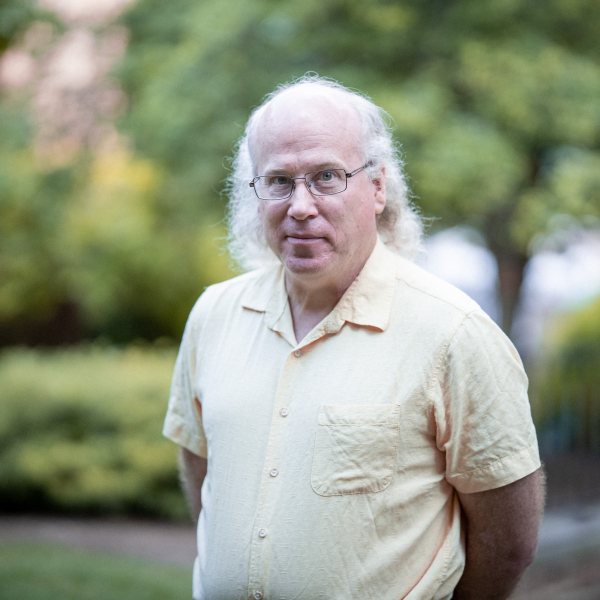Michael Nowak researches high energy phenomena related to the physics of black holes -- stellar mass black holes in our own galaxy, as well as supermassive black holes in the centers of our own and other galaxies -- and neutron stars.
Nowak's work encompasses both observation and theory of astrophysical compact object (black hole and neutron star) systems. His early theoretical work focused on the hydrodynamics of accretion flows in these systems, and later evolved into theories describing the implications of X-ray spectra and variability for models of astrophysical jets relativistically speeding away from and hot (billions of degrees) coronae surrounding compact object systems.
He performs observational studies with a variety of High Energy Astrophysics observatories, including the Chandra, Swift, NICER, and NuSTAR (NASA), and XMM-Newton (ESA) satellites. He currently is a science collaborator, assisting with coordinated X-ray and gamma-ray observations, with the Event Horizon Telescope team who have used radio interferometry to image accretion flows around the supermassive black holes Sgr A* and M87*.
Nowak is also a Co-Investigator on Arcus, a proposal for a NASA Probe-class mission, that will use high-resolution X-ray spectroscopy to help answer three fundamental astronomical questions: How does ordinary baryonic matter cycle in and out of galaxies? What powers supermassive black hole winds that can affect entire galaxies and clusters? How do stars and protoplanetary disks form and evolve?






